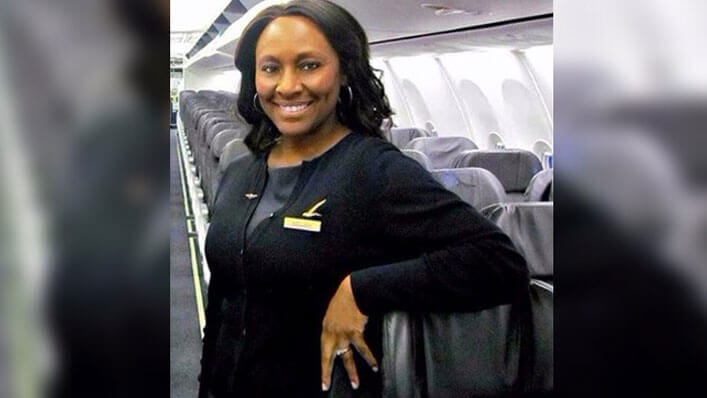Human trafficking is all around us. It is estimated that there are as many as 30 million slaves in the world today who are victims of human trafficking and sexual exploitation. Eighty percent of which are women and half are children.
Airline Ambassadors International is an organization that is training flight attendants to spot human trafficking victims and provide humanitarian services by leveraging their connection with airlines.
The organization has already started to see the fruits of its labor.
Alaska Airlines flight attendant, Shelia Fedrick, noticed a teen with greasy blonde hair on a flight from Seattle to San Francisco. She said she instinctively felt something was off.

The girl “looked like she had been through pure hell,” said Fedrick, who guessed that the girl was about 14 or 15 years old, travelling with a notably well-dressed older man. The stark contrast between the two’s appearances set off alarm bells in her head.
She tried to engage the two passengers in conversation, but the man quickly became defensive.
“I left a note in one of the bathrooms,” Fedrick said. “She wrote back on the note and said, ‘I need help.'”
The flight attendant notified the pilots of the situation, and police were waiting at the terminal when the plane landed.
Fredrick’s ability to recognize signs of human trafficking likely saved that victim’s life. It’s what Airline Ambassadors hope to instill in every person they train. The organization was founded by former flight attendant Nancy Rivard who is now committed to teaching and equipping flight attendants to recognize the signs of human trafficking.
“Airports and supporting travel hotels are major hubs of entry and exit for perpetrators and victims alike,” Airline Ambassadors says. “Training is needed for airport and travel industry personnel including airport employees, hotel employees, tourism companies, ground transportation, and law enforcement.”
Airline Ambassadors Equips the Skies
According to their website, Airline Ambassadors provides a series of short, impactful online training videos focused on teaching employees in the airline industry how to spot and report human trafficking victims. In the past, they’ve also exercised hands-on training in major hubs to put their skills to work.
One of the most important tools flight attendants learn in this training is the method of “pulling back,” something many find hard to do once the signs of human trafficking has been detected.
“We tell people not to try to rescue because you can endanger the victim and yourself,” Rivard said.
Flight attendants call the pilot when they suspect a human trafficking victim is on board. The pilot then calls ahead to the flights’ destination where authorities are notified to meet the plane.

